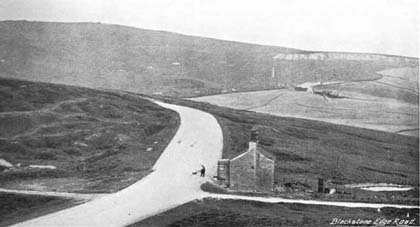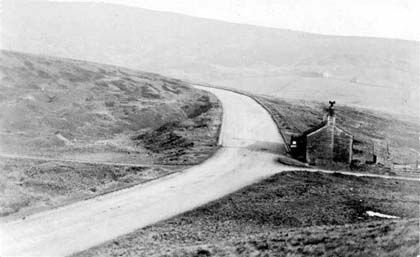
Bar House,
Halifax Rd
Littleborough
01706 415050
07872 112086
About Bar House and the Tollgates
Bar House was built alongside the Rochdale to Halifax and Elland Turnpike road which was one of the earliest in the locality,
the act being passed in 1734.
Tollgates came into being when turnpike legislation was enacted between 1750 and 1773 as a remedy for the deplorable state of English roads.
Gates, tollbars, fences, and toll houses were erected to collect tolls for the use of the turnpike road. The sum was to be used to maintain the road. Although there was a general improvement in the condition of the roads by the end of the 18th century, many of the Turnpike Trusts were more intent upon profit than upkeep.
The tollgate keeper was provided with a small house by the gate. The pay at the principal gates was usually no more than 5 shillings for a 24-hour day. The keeper's job came with the constant inconvenience of being awakened in the middle of the night and the danger of robbery and assault.
Many contrived to cheat their employers and the road users. Georgette Heyer wrote a Regency novel entitled The Toll-Gate, which features a tollgate as the main setting.
The Toll-bar cottage was built in 1838 from hammer-dressed watershot stone and brick with graduated stone slate roof.
An additional bay was added in 1911 and large porch added to front. The brick porch is flanked on either side by sash windows (no glazing bars) with square-cut surrounds. The Rochdale to Halifax and Elland Turnpike road was one of the earliest in the locality, the act being passed in 1734.

